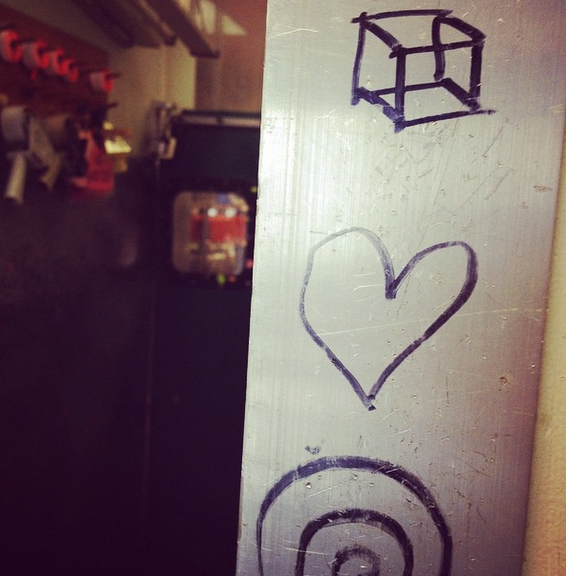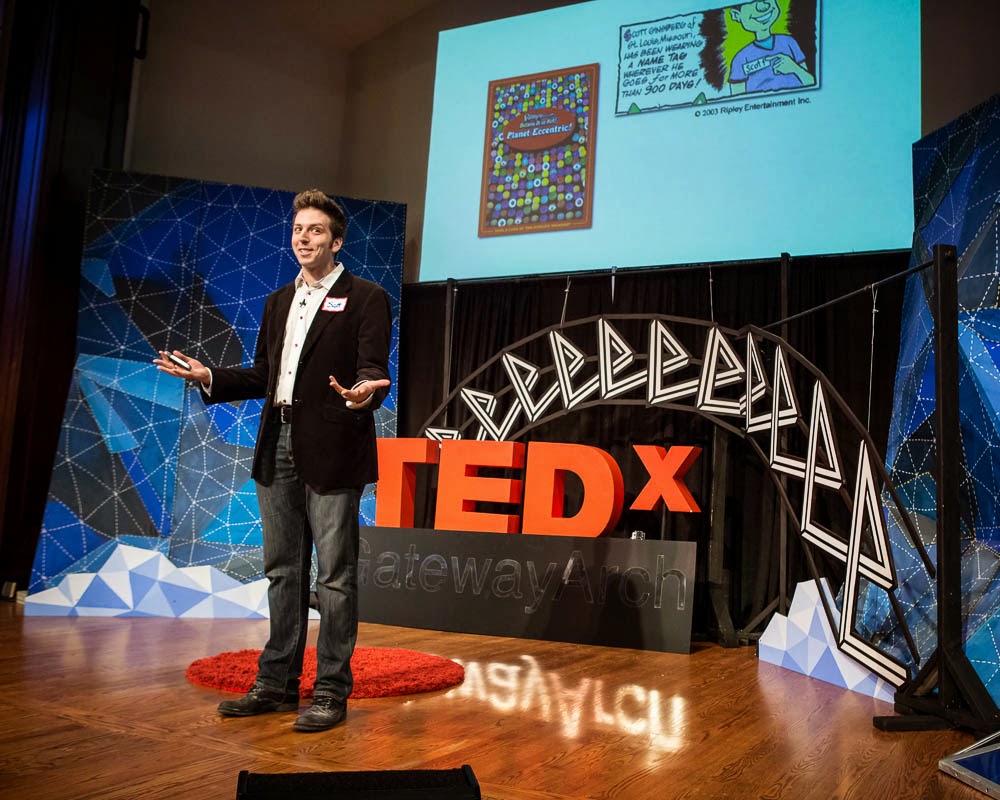

All creativity begins with the moment of conception.
That little piece of kindling that gets the fire going. That initial source of inspiration that takes on a life of its own. That single note from which the entire symphony grows. That single spark of life that signals an idea’s movement value, almost screaming to us, something wants to be built here.
And so, in this blog series, I’m going to be deconstructing my favorite moments of conception from popular movies. Each post will contain a video clip from a different film, along with a series of lessons we can learn from the characters.
Today’s clip comes from the meditation scene in Eat, Pray, Love:
What can we learn?
Build a bias for action. Creativity is a chicken egg conundrum. Do you get ideas so you can create something, or do you create something so you can get ideas? Many writers and thinkers would attest to the latter. Personally, I don’t know how I feel until I write what I think. Only through the generative power of movement and motion does my creativity ignite. It’s similar to the argument over sitting meditation versus moving meditation. The first approach uses being, i.e., stillness and concentration and contemplation, as the path to relaxation and enlightenment. Practices might include guided imagery, hypnosis, creative visualization, progressive muscle relaxation and mindfulness breathing. The challenge is, for people who have racing brains and hyperactive imaginations, that approach becomes frustrating and impractical. They’d prefer to create something so they can get ideas, not the other way around. And so, moving meditation uses doing, i.e., activity and flow and momentum, as the path to relaxation and enlightenment. Practices might include yoga, walking or any other form of rhythmic, repetitive action. And it’s ideal for people who need physical movement helps to anchor themselves against the tumultuous waves of thought. Liz doesn’t know if she’s one of those people. She made the difficult choice to leave behind all the trappings of modern success and instead find what she truly wanted from life. So when her meditation teacher tells her to go out into the garden and just sit there, part of me wonders if her journey would be better served by going out into the garden just getting to work. How are you developing your kinesthetic intelligence?
There’s more to life than simple euphoria. Psychlinks published a fascinating study on happiness. Turns out, there are two main theoretical perspectives which address the question of what makes people feel happy. Hedonic happiness comes from gratifying and fleeting woohoo experience of pleasure. We know it as euphoria. But there’s also eudaimonic happiness, which comes from the satisfying and nourishing things that build something inside of us that accumulate and have sustenance. We know it as meaning. In fact, the word happy has the same root as the word happenstance. Proving, that it’s incidental, not intentional. Proving, that there is no human happiness that is not earned. Proving, that happiness isn’t the target, it’s the reward we get for hitting the target. Gilbert puts it best when she says that happiness is the result of personal effort, and that we only find it by relentlessly participating. Agreed. The goal is engagement and connection. In fact, looking back at the ups and down of my adult life, the happiest I’ve ever felt is when I wasn’t trying to become happy, but when I was trying to create meaning. When was the last time you rewrote your personal equation for happiness?
Get control of your psychic environment. Liz’s meditation teacher makes a powerful point about mental discernment. He says that we should learn to select our thoughts like we learn to select our clothes every day. That’s a power we can cultivate. If we want to control things in our life so bad, we should work on the mind. Because if we can’t learn to master our thinking, we’re in deep trouble forever. And she’s right. His insight may very well be bumper sticker wisdom, but that doesn’t make it any less true. I’m reminded of technique my meditation teacher taught me years ago. Observe, then release. During our hypnosis sessions, I learned to simply notice my negative, stressful and unhealthy thoughts, and then to imagine them floating up and out of my head like a vapor into the air above. The first few times I tried it were deeply frustrating. But once got my mental footing, the technique would take less than a minute to do each time. And it became a useful and portable tool whenever a current of anxiety shot through my brain. How could you change the sensation of anxiety into a feeling that is not necessarily negative?
What did you learn?
* * * *
Scott Ginsberg
That Guy with the Nametag
Author. Speaker. Strategist. Filmmaker. Publisher. Songwriter.
scott@hellomynameisscott.com

Never the same speech twice. Customized for your audience. Impossible to walk away uninspired.
Now booking for 2014-2015.
Email to inquire about fees and availability. Watch clips of The Nametag Guy in action here!
